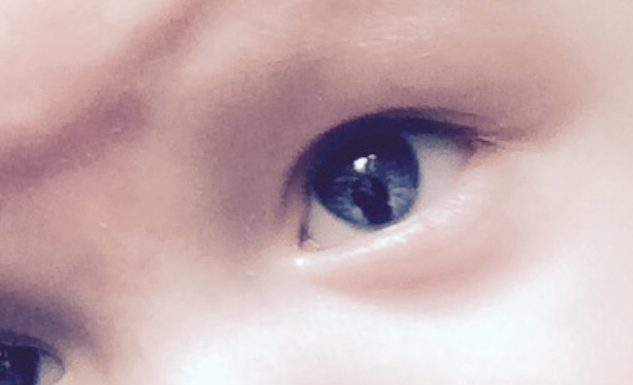
We describe the applied methods and technologies to maximize the performance and reliability in order to keep VLTI and its control system a competitive, reliable and productive facility. In this paper we review the current status of the VLTI control system and assess the impact on complexity and reliability caused by this explosion in size.
#Split pupil full#
At the same time the design and development of the dual feed PRIMA facility, which will have major impact on the existing control system, is in full swing. Four relocatable auxiliary 1.8 m telescopes and three additional delay lines are being added to the infrastructure. The performance of the interferometer is being enhanced by the installation of a dedicated fringe sensor, FINITO, and a tip-tilt sensor in the interferometric laboratory, IRIS, and the associated control loops. A second scientific instrument AMBER is currently being commissioned. The first scientific instrument, MIDI, has been commissioned and is now being offered to the community. Two adaptive optics systems for the 8-m unit telescopes have been fully integrated in the VLTI infrastructure. In the last two years the Very Large Telescope Interferometer (VLTI) has, on one hand grown with the addition of new subsystems, on the other hand matured with experience from commissioning and operation. Here, we report on the data reduction methods and laboratory tests of the multiple beam acquisition and guiding camera and its performance on-sky. The beam guiding enables to achieve astrometric error less than $50\,\mu$as. The guiding stabilizes light injection into single-mode fibres, increasing sensitivity and reducing the astrometric and image reconstruction errors. The Shack-Hartmann measured quasi-static aberrations are used to focus the Auxiliary Telescopes and allow the possibility of correcting the non-common path errors between the Unit Telescopes adaptive optics systems and GRAVITY.

These measurements enable active field and pupil guiding by actuating a train of tip-tilt mirrors placed in the pupil and field planes, respectively.

The telescope pupils are imaged for a visual monitoring while observing. For each telescope beam it measures: a) field tip-tilts by imaging stars in the sky b) telescope pupil shifts by imaging pupil reference laser beacons installed on each telescope using a $2 \times 2$ lenslet c) higher order aberrations using a $9 \times 9$ Shack-Hartmann. A multiple beam acquisition and guiding camera was built to meet these challenges for a recently commissioned four beam combiner instrument, GRAVITY, at the ESO Very Large Telescope Interferometer. They limit the performance of a fibre-fed interferometer by degrading the instrument sensitivity and astrometric measurements precision and by introducing image reconstruction errors due to inaccurate phases. Atmospheric turbulence and precise measurement of the astrometric baseline vector between any two telescopes are two major challenges in implementing phase referenced interferometric astrometry and imaging.


 0 kommentar(er)
0 kommentar(er)
